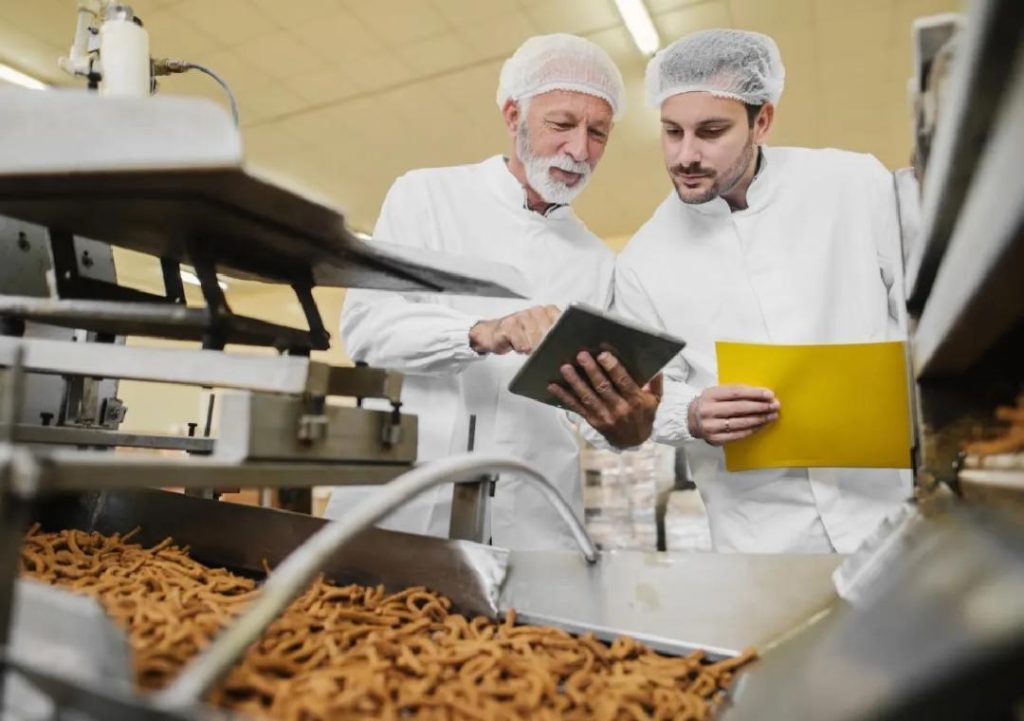
Can P&L Optimisation Redefine Success in Food Technology?
The food technology industry has been gaining significant attention in recent years, driven by the rising demand for convenient, healthy, and sustainable food options. As the industry continues to evolve, companies are under pressure to improve profitability, streamline operations, and stay competitive. One key area that can help food technology companies achieve success is profit and loss (P&L) optimisation.
P&L optimisation involves the use of automation, smart inventory systems, and data analytics to streamline P&L operations, cut waste, sharpen demand forecasting, and support better decision-making. By adopting scalable models, businesses can boost margins, ensure sustainable growth, and stay ahead of the competition.
The importance of P&L optimisation in food technology cannot be overstated. According to a report by Growth Jockey, a leading food technology consulting firm, P&L optimisation can help food technology companies reduce costs by up to 20% and increase revenue by up to 15%. These savings can be significant, especially for smaller businesses that may not have the resources to absorb losses.
So, what does P&L optimisation entail, and how can food technology companies achieve it?
Automating P&L Operations
One key aspect of P&L optimisation is the automation of P&L operations. This involves using software and other digital tools to streamline tasks such as inventory management, order processing, and financial reporting. Automation can help reduce errors, increase efficiency, and free up staff to focus on higher-value tasks.
For example, a food technology company that uses automation to manage its inventory can reduce stockouts and overstocking, which can lead to significant savings. Automation can also help companies track and manage their supply chain more effectively, reducing the risk of delays and stockouts.
Smart Inventory Systems
Smart inventory systems are another key component of P&L optimisation. These systems use data analytics and machine learning algorithms to track inventory levels, predict demand, and provide real-time insights to help companies make better inventory decisions.
Smart inventory systems can help food technology companies reduce waste by identifying slow-moving or expired inventory and taking action to sell or dispose of it. They can also help companies optimize their inventory levels, reducing the need for costly stockpiling or stockouts.
Data Analytics
Data analytics is a critical component of P&L optimisation, as it provides the insights companies need to make informed decisions. Data analytics can help food technology companies track their financial performance, identify areas for improvement, and optimize their operations.
For example, data analytics can help companies identify trends in demand and adjust their production accordingly. It can also help companies track their costs and identify areas where they can reduce waste and improve efficiency.
Benefits of P&L Optimisation
The benefits of P&L optimisation in food technology are numerous. By streamlining P&L operations, companies can reduce costs, increase efficiency, and improve profitability. They can also use data analytics to identify areas for improvement and make informed decisions.
Some of the key benefits of P&L optimisation include:
- Reduced waste: By streamlining P&L operations, food technology companies can reduce waste and improve efficiency.
- Increased profitability: P&L optimisation can help companies increase their profitability by reducing costs and improving revenue.
- Improved decision-making: Data analytics provides the insights companies need to make informed decisions and optimize their operations.
- Scalability: P&L optimisation can help food technology companies scale their operations more effectively, reducing the risk of inefficiencies and waste.
Case Study: How P&L Optimisation Helped a Food Technology Company Boost Margins
One example of the benefits of P&L optimisation can be seen in the story of a food technology company that was struggling to manage its P&L operations. The company, which produced a range of healthy snack foods, was experiencing high levels of waste and inefficiency in its P&L operations.
The company decided to implement a P&L optimisation strategy, which involved automating its P&L operations, implementing smart inventory systems, and using data analytics to track its financial performance.
The results were significant. The company was able to reduce its waste by 15%, increase its profitability by 10%, and improve its decision-making by using data analytics to identify areas for improvement.
Conclusion
P&L optimisation is a critical component of success in the food technology industry. By streamlining P&L operations, companies can reduce waste, increase efficiency, and improve profitability. Automation, smart inventory systems, and data analytics are all key components of P&L optimisation, and companies that adopt these tools can achieve significant benefits.
As the food technology industry continues to evolve, companies that adopt P&L optimisation strategies will be better equipped to stay competitive and achieve success. Whether you’re a start-up or an established business, P&L optimisation is an essential tool for achieving profitability and driving growth.
News Source:
https://www.growthjockey.com/blogs/p-and-l-operations-in-food-tech






